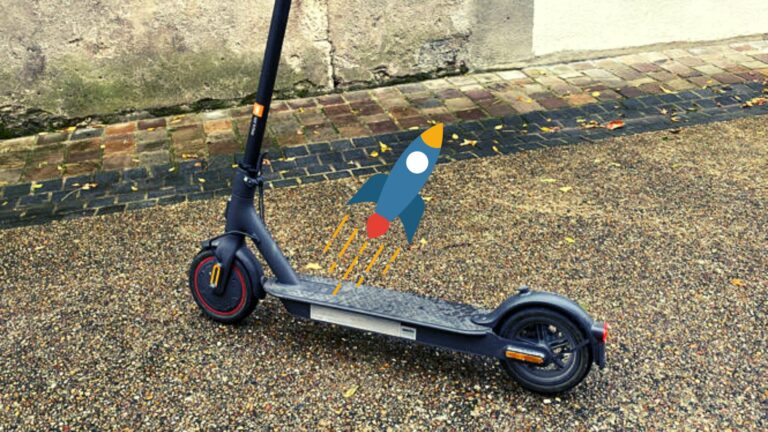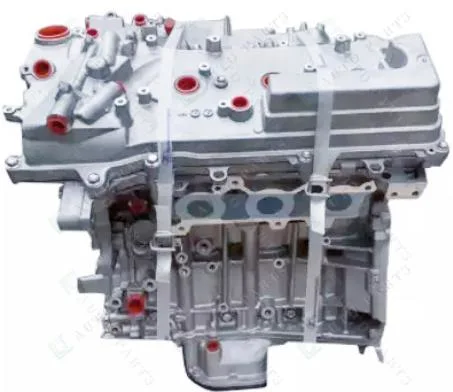Exploring the 48V Hybrid: What is a Mild Hybrid?

Currently, sustainable mobility has become a priority, and technological advances have led to the development of various alternatives, including the 48V Mild Hybrid. This type of vehicle combines an internal combustion engine with a 48-volt electric system designed to optimize the performance of the main engine. By offering improvements in fuel efficiency and emission reductions, the Mild Hybrid represents an accessible and effective option in the transition toward a more ecological future.
48V Mild Hybrid vehicles represent an innovative solution in the automotive field that combines an internal combustion engine with a lower voltage electric system. This article delves into the features, operation, and benefits of this technology, as well as providing a clear view to understand why this option is gaining popularity among drivers seeking efficiency and sustainability in their mobility.
What exactly is a Mild Hybrid or 48V hybrid?
Mild Hybrid cars are defined by their ability to incorporate a 48-volt electric system that complements the internal combustion engine. This system includes a small battery and an electric motor that work in tandem with the main engine, whether gasoline or diesel, but are not capable of propelling the vehicle on their own. The main function of the electric system is to provide assistance during startup and acceleration, which translates into a reduction in fuel consumption and CO2 emissions.
Operation of the 48V hybrid
The technology behind a Mild Hybrid is quite advanced. Upon starting, the electric motor supports the internal combustion engine, allowing for a smoother and more efficient startup. During accelerations, this system adds approximately 12 kW of additional power, optimizing the vehicle’s performance while reducing the use of the combustion engine. Additionally, during braking, the system recovers some of the energy, which is converted into electricity and stored in the battery, maximizing energy efficiency.
Energy Circuit
The operation of a Mild Hybrid is a delightful cycle of recovery and efficiency. With a 48V battery that recharges through the process of regenerative braking, the system requires less intervention from the combustion engine. This means that the driver can enjoy more economical trips with a lower environmental impact.
Benefits of Mild Hybrid Technology
The benefits of owning a Mild Hybrid car are numerous. First, as mentioned earlier, the technology can reduce fuel consumption by up to 7% thanks to its efficient use of the electric system. Many models adopting this technology also feature the ECO label from the DGT, which facilitates access to restricted areas of cities during times of high pollution and provides tax benefits.
Integration and Design
An important aspect of Mild Hybrids is that their design does not consume additional space in the vehicle. The entire architecture of the system is optimally integrated within the car, allowing for a functional trunk and adequate interior space for occupants.
Differences between a Hybrid and a Mild Hybrid
It is essential to understand the fundamental differences between a conventional hybrid vehicle (HEV) and a Mild Hybrid. An HEV can operate solely on electric power to start and move, while a Mild Hybrid relies on the combustion engine, assisted by the electric system. Furthermore, in the case of Mild Hybrids, it is not necessary to plug in the vehicle to recharge the batteries, as they are automatically recharged through the regenerative braking system.
The future of Mild Hybrid technology
Sustainability and efficiency are clear priorities in today’s world, and Mild Hybrid technology aligns with these goals. With increasingly strict emission regulations, these vehicles are set to play an essential role in the transition toward more ecological mobility. They offer a viable solution that improves efficiency and reduces costs, making this technology an attractive option for environmentally conscious drivers.
Hyundai’s 48V hybrid vehicle models
Hyundai has successfully adopted Mild Hybrid technology through its diverse range of models, including options like the i20 48V Hybrid and the TUCSON 48V Hybrid. These vehicles not only meet efficiency standards but also offer dynamic performance, making them competitive options in the market.
In summary, the Mild Hybrid represents a significant step toward sustainable mobility, offering advanced technology that improves not only vehicle performance but also the quality of the air we breathe.
The concept of Mild Hybrid, also known as the 48V hybrid, represents a significant advancement in the field of sustainable mobility. This type of vehicle combines an internal combustion engine with an electric system that operates at 48 volts, allowing for more efficient energy capture and use. Unlike conventional hybrids, a Mild Hybrid cannot operate solely on electricity, but it does improve the performance of the combustion engine by providing backup in demanding situations such as starting and acceleration.
One of the main advantages of Mild Hybrid vehicles is their ability to reduce fuel consumption and CO2 emissions. With a small battery that provides electric assistance, they can achieve a reduction of up to 7% in consumption during driving. This system not only allows for more economical driving but also contributes to a reduction in carbon footprint, which is highly relevant in the current context of environmental crisis.
Another notable aspect of Mild Hybrids is their accessibility and ease of use compared to their more complex counterparts. They do not need to be plugged in, as their battery is recharged during braking, greatly simplifying the driver’s experience. Additionally, many models offer the ECO label, which allows access to restricted traffic zones and other benefits.
The Mild Hybrid system, present in popular models from brands like Hyundai, has created a new category that allows drivers to enjoy more sustainable mobility without sacrificing the comfort and agility of the vehicle. Its growing implementation in the market is a clear indication that, in the near future, this technology will play a fundamental role in the transition toward more efficient and responsible transportation.





